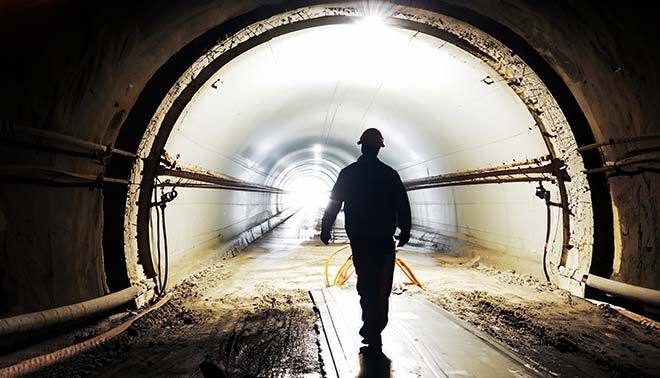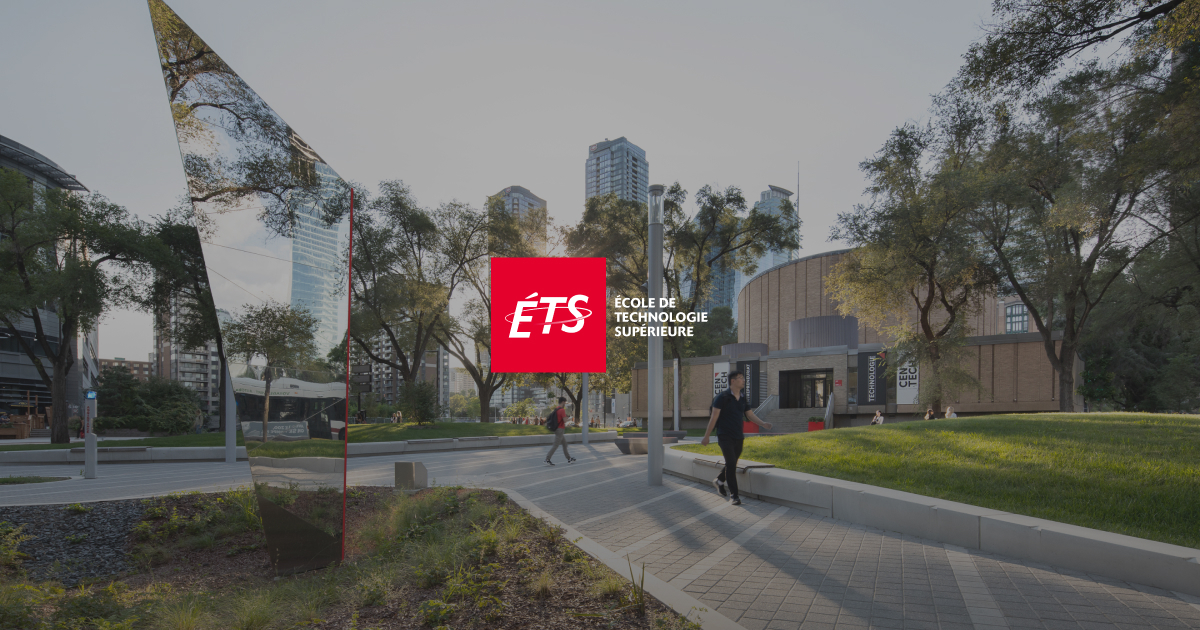Metrology, Augmented Reality and Data Analysis

Purchased on Gettyimages. Copyright.
3D Metrology-Assisted Assembly and Augmented Reality
Over the past twenty years or so, three-dimensional measurement equipment has become increasingly popular. Today, their performance—precision, measurement range, flexibility—combined with the computing power available on computers allow us to separate this equipment from its “traditional” task of parts quality control. We want to push the use of these technologies further by extending their scope to the assembly of complex parts while eliminating the use of templates, as found in aircraft, buses, timber frames, trains… Historically, these assemblies are made using templates that are costly to produce and must be replaced (or altered) at the slightest change in the part. The combination of 3D measurements + augmented reality + computing power would offer much greater flexibility and reduce production costs.
We can even see the day when augmented reality will break down the walls of the metrology lab, making it a complete workspace, delivering information in real-time anywhere in the factory, on the worksite or at a workstation. The person in charge of assembly would know whether the part they just picked up is the right one, whether its position is correct, or what error has just been made. And the quality report would be completed with a simple click!

Cold Spraying
Another project we are working on is quality control and in situ monitoring during a cold spraying process. This process (Cold Spray) is an additive manufacturing technique where metal particles are sprayed onto parts at a very high velocity. The process can be used to locally increase the thickness of a component (thickness allowance), add a layer of another material, or repair an existing component. Images from a 3D camera must be analyzed for quality control and to give feedback to the spraying robot, thus significantly improving the performance of this prospective process.
Data Enhancement
In the Industry 4.0 era, more and more factories are being equipped with sensors and software systems that capture a great deal of data—availability, productivity and quality data. We are working on adding value to these data, eventually extracting useful information to show trends, guide, automate, predict… However, the data will first need to be consolidated and then fed back to artificial intelligence algorithms.
Data Analysis in a Mining Context
Digitization has made its entry into mines since new technologies have enabled connectivity in tunnels, sometimes located at depths of over 3 km. This breakthrough makes it possible to envision virtually autonomous mines, where no human being would have to work in the tunnels. Much remains to be done to fully deploy this technological potential and bring operations management into command centres located anywhere in the world.

Conclusion
New technologies—equipment, sensors, connectivity, computing power—open up a host of opportunities to improve our competitiveness and offer people better working conditions. However, to be beneficial, these technologies must be mastered and tamed before they are deployed. This is at the heart of our mission.



